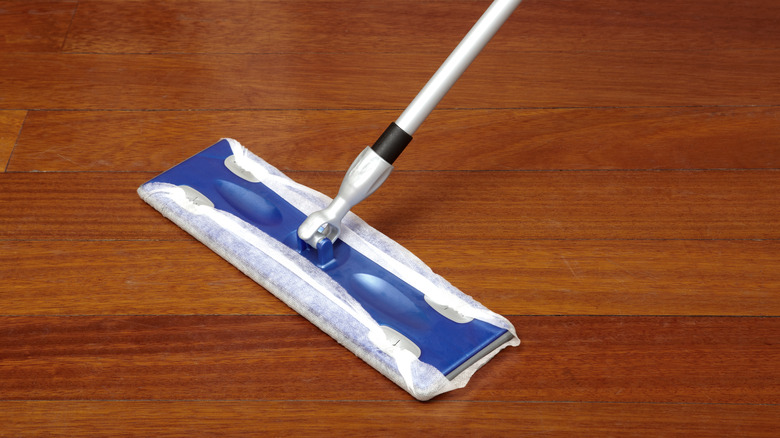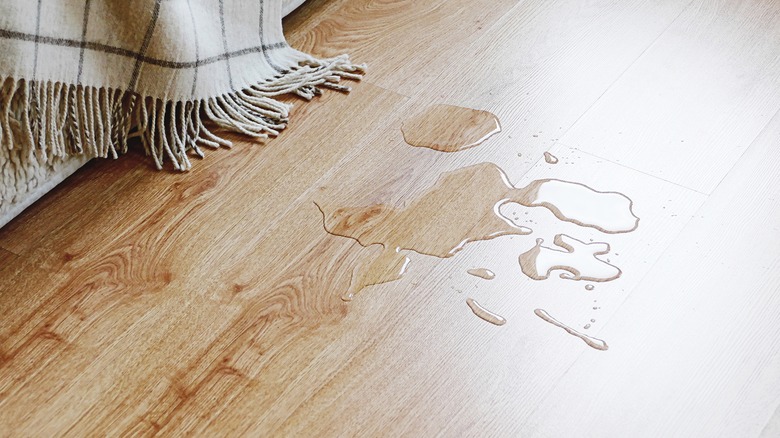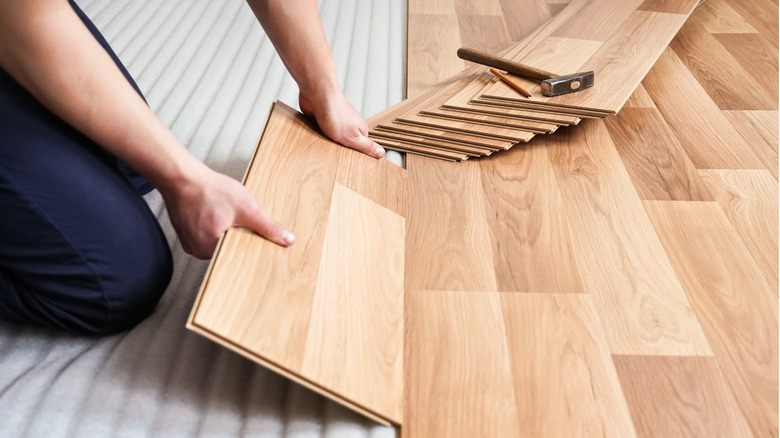Everyday Slip-Ups That Make Your Laminate Floors Extra Slick
Laminate floors have quite a few benefits, including the reasonable cost of installing them. Even when they have a look that resembles more expensive stone or hardwood flooring, they remain affordable. Some people may even argue that laminate flooring is better than hardwood. Laminate is extremely durable and has a smooth finish that makes it easy to clean. That smooth finish also contributes to one of the drawbacks of this type of flooring, though, as it can become slick relatively easily, especially from dust and moisture accumulation. You can make it safer by immediately cleaning up these potential slip hazards when you notice them. If your laminate floors are slippery even after you clean them, you may want to consider adding rugs or a non-slip transparent coating.
A thick layer of dust or sand is especially slippery. Dust can make it tough to maintain your footing when stopping suddenly. If you live near the water, it's easy to track sand onto the laminate floors. You may notice your pets slipping as they run back and forth across these floors if they are dusty and sandy, as the smooth surface provides no texture for traction. You should sweep or vacuum regularly to remove the dust and any pet hair that builds up on the surface. If you like using dry mops specially made to collect dust, these are a good choice to use on laminate. Cleaning on a regular schedule is the best advice, regardless of what method you use.
Moisture problems can make laminate slick
If you see signs of moisture on your laminate flooring, this can explain the cause of slickness. Even a little bit of moisture can be slippery. If moisture appears on the floor from a spill, you should wipe it up right away. You can use a sponge, cloth, or paper towel to remove all of the moisture from the spill. It's also important to wipe away the spilled liquid before it damages the laminate. Although the top layer of this type of flooring has a seal that protects it, if the liquid manages to reach the edge or bottom of the floor or if it penetrates seams between laminate planks, it could cause damage by causing the layers to swell and pull apart from each other.
Some types of laminate flooring will sweat. The condensation collects on the surface, which creates a slick environment. Sweating is a common problem, especially in high-humidity environments. This often happens because the laminate goes directly over the top of concrete. The concrete is cold, which makes the laminate cold. When the humid air contacts it, condensation occurs.
To reduce the chances of sweating on floors you already installed, use fans and dehumidifiers in the area to remove moisture from the air. At the time of installation, you can make use of a plastic sheet or foam to create a moisture barrier over the concrete to avoid condensation issues.
How to make your laminate floors less slippery
Beyond cleaning regularly and removing moisture, there are other options for making your laminate flooring less slippery. One of the easiest options is to add mats and rugs to the area. Entrance mats catch dust and sand before you can track debris onto the laminate, reducing a potential slip hazard. If you have these floors in your kitchen, consider using rugs and mats to help catch spills, keeping greasy and oily substances away.
Another option is to add a coating to an existing layout that counteracts some of the natural slickness of this material. You can pick up floor grip transparent urethane sealer made for laminate at Lowe's for $189 for a gallon, or you can purchase a non-slip spray coating at Lowe's for about $55 when you just want to treat a few specific areas of your flooring that are commonly slick.
Before applying any of these coatings, thoroughly clean the laminate. Sweep and mop the flooring to remove any debris or greasy spots that cause slickness. Allow it to dry completely. You then may want to test the coating in an out-of-the-way area so you can be certain it won't affect the look of the laminate. If the small area gives you good results, apply the anti-skid coating across the entire layout. Follow the manufacturer's recommendations for the need to apply additional coats.


